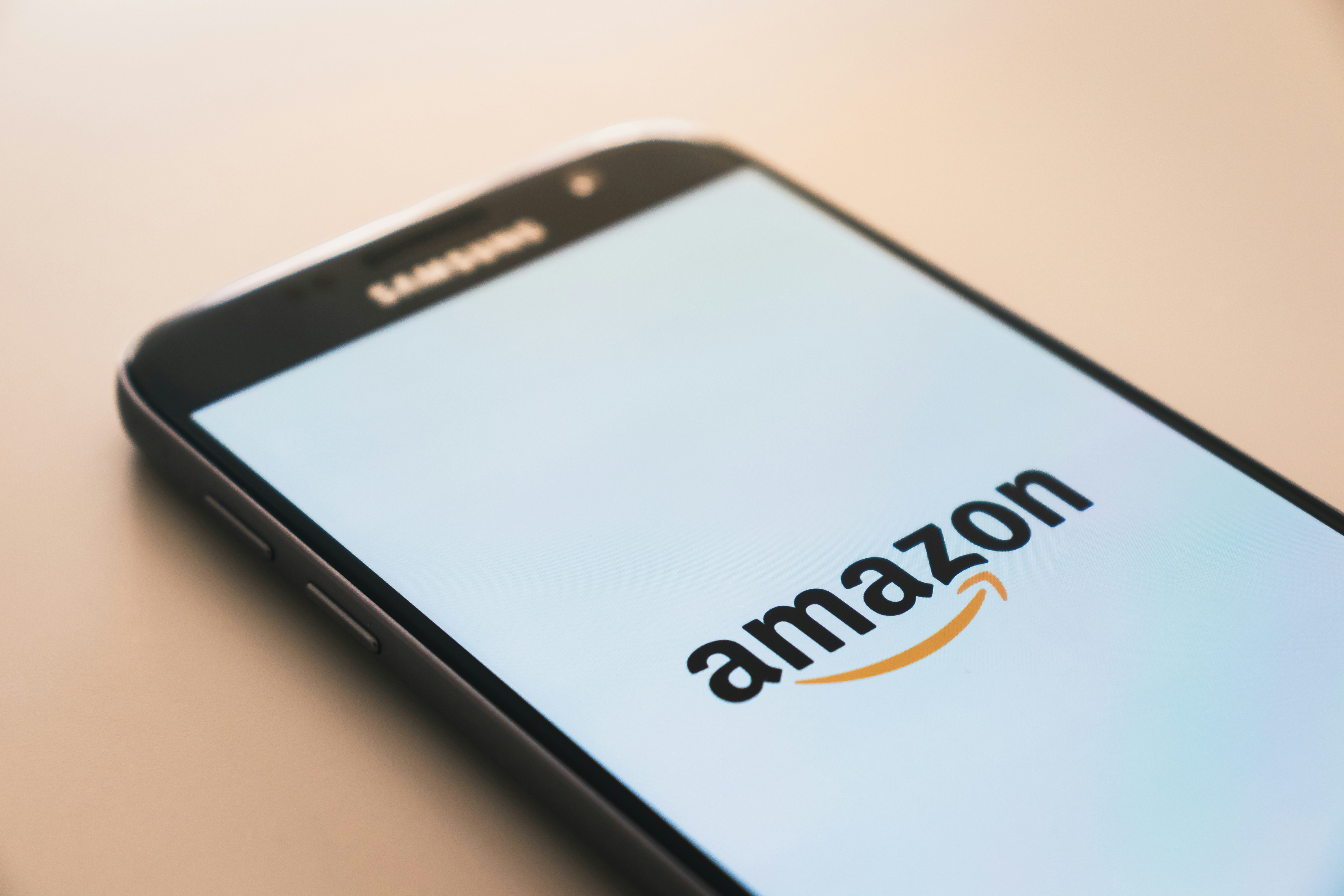INDUSTRY TRENDS
What is Unified Commerce for Apparel Retailers?
By
Nicole Yazolino
May 21, 2025
5 minute read
Unified Commerce: Creating Seamless and Smart Shopping Experiences in Fashion
The fashion industry is rapidly transforming, and one of the most impactful shifts is the emergence of Unified Commerce. But what exactly does that mean?
At its core, Unified Commerce is the strategic integration of all online and offline retail channels into a single platform to deliver a seamless, personalized experience across every touchpoint. For modern apparel brands, simply running an e-commerce site alongside brick-and-mortar stores is no longer enough. Today’s customers expect a fluid journey—whether they’re shopping online, in-store, on mobile, or across social channels. Unified Commerce is the next evolution in meeting that expectation.
The Real Benefits of Unified Commerce
Unified Commerce goes beyond connecting systems—it reorients your entire retail operation around the customer. By breaking down traditional channel silos and enabling real-time data sharing across departments, it unlocks a range of benefits.

Personalized Customer Experiences
With a unified platform, staff can access a holistic view of the customer journey—from browsing history to past purchases—enabling tailored recommendations and meaningful service in real time.
Real-Time Inventory Visibility
Retailers can view and manage inventory across all stores and warehouses in one place. This enables smart fulfillment options like buy online, pick up in store (BOPIS) or ship-from-store, reducing the risk of out-of-stock events and lost sales.
Flexible Returns and Fulfillment
Features like buy online, return in store (BORIS) are made possible through centralized operations, improving customer satisfaction and simplifying logistics.
Data-Driven Insights and Loyalty
Every interaction becomes a data point. Unified Commerce allows retailers to analyze these touchpoints to better understand preferences, optimize product assortments, and run targeted campaigns that deepen loyalty.
What’s the Difference Between Omnichannel and Unified Commerce?
While omnichannel retail and Unified Commerce share the same goal—offering a seamless customer experience—they differ in how they get there.
Omnichannel typically integrates separate systems (e.g., e-commerce, POS, CRM, inventory) to work together. It can deliver strong results, but relies on syncing between platforms, which can create friction or data delays.
Unified Commerce, on the other hand, centralizes all operations—sales, inventory, fulfillment, and customer data—on a single platform. This "single source of truth" allows for real-time updates and a more truly seamless and efficient experience across every channel.
That said, transitioning from omnichannel to Unified Commerce isn’t always simple. It often involves significant investment in new technology, staff training, and operational restructuring. Retailers typically approach this in phases, gradually consolidating systems rather than shifting overnight.
How Size Advisors Like Fit Finder Support Unified Commerce
Technologies like AI-powered size advisors play a key role in this ecosystem. Tools like Fit Finder address one of fashion’s biggest friction points—uncertain sizing—by providing personalized size recommendations that reduce returns and boost conversions.

But their value goes further: they also generate data on sizing preferences by region or customer type, enriching the unified profile of each shopper. In a Unified Commerce framework, this kind of insight doesn’t just live in one department—it informs marketing, product development, and in-store interactions alike.
Technologies That Power a Unified Commerce Strategy
To successfully implement unified commerce in fashion, a retailer must adopt tools designed to support a centralized, agile business model. Key technologies include:
Centralized Inventory Management: A unified view of stock across all locations.
Unified CRM Platforms: Consolidated customer profiles and communication history.
Omnichannel Point-of-Sale (POS): Consistent checkout experiences online and in-store.
Seamless Mobile Commerce: Optimized shopping across devices.
Data Analytics & AI: Real-time insights into shopper behavior and sales trends.
These tools don’t just enhance efficiency—they enable deeper personalization and smarter decision-making across the board.
Implementation Considerations and Data Ethics
While the benefits of Unified Commerce are clear, the transition comes with significant challenges that retailers must carefully consider. Migrating to a single platform can be complex and costly, particularly for established brands with entrenched legacy systems.
Achieving successful unification also depends on aligning cross-functional teams and investing in staff training to ensure smooth adoption. The increased collection and use of customer data also highlights important responsibilities the retailer must keep in mind—especially in regions like the EU, where strict regulations such as GDPR apply. Fashion brands must prioritize transparent data practices and ensure ethical, compliant handling of customer information at every stage.
A Customer-Centric Future for Fashion
Unified Commerce is more than just a tech upgrade—it’s a strategic shift toward customer-centric retail. In an industry where experience and personalization are just as important as the product, unified commerce allows brands to meet rising expectations with agility, insight, and grace.
As retailers increasingly prioritize connection over transaction, Unified Commerce emerges as the foundation for future-proofing fashion.
To learn more about how we can help you and support your specific needs Contact us.
































































